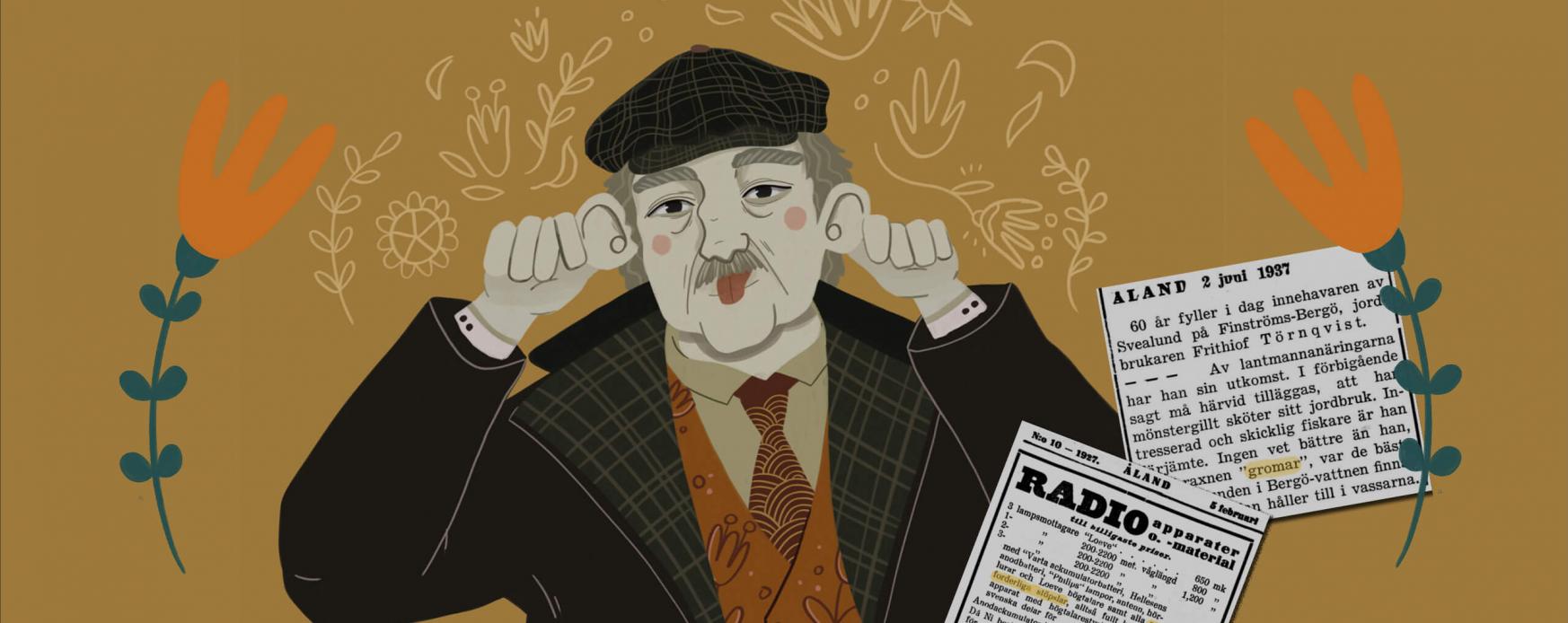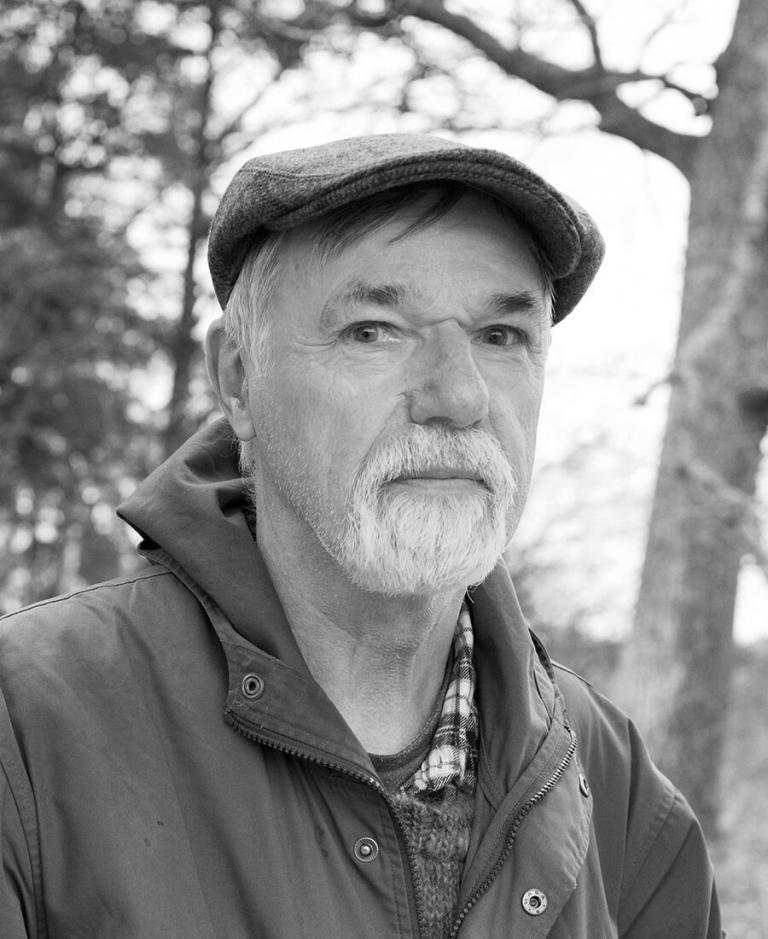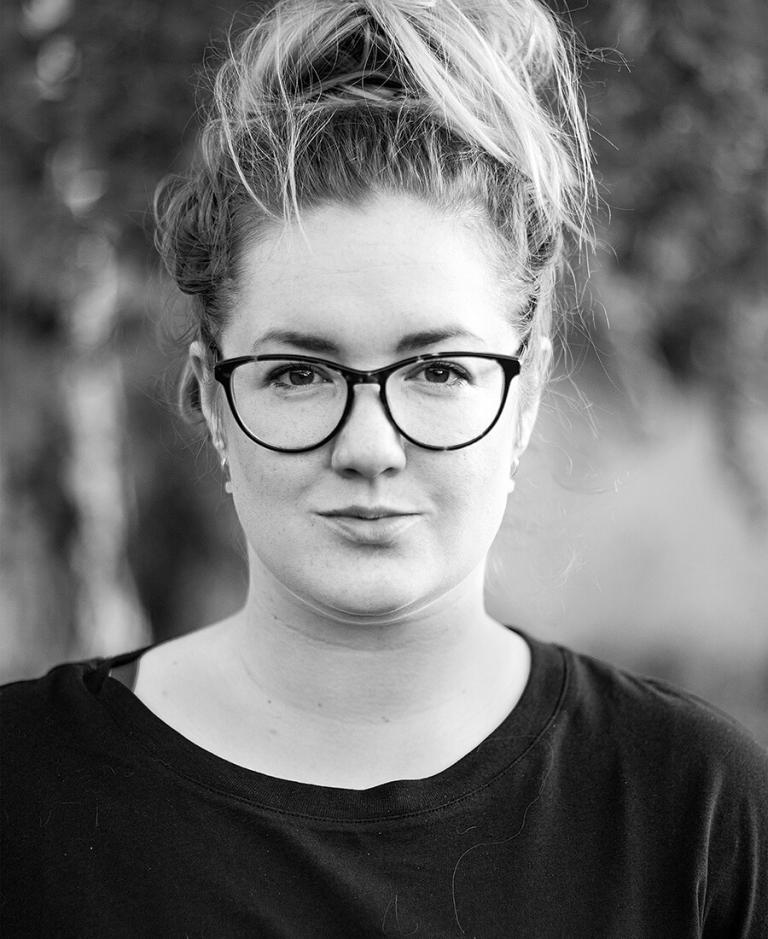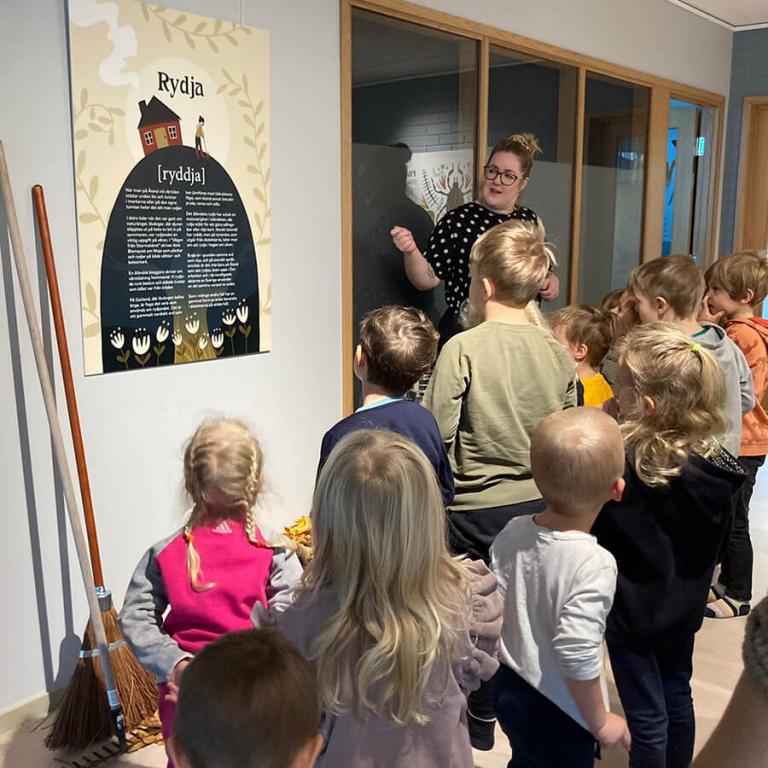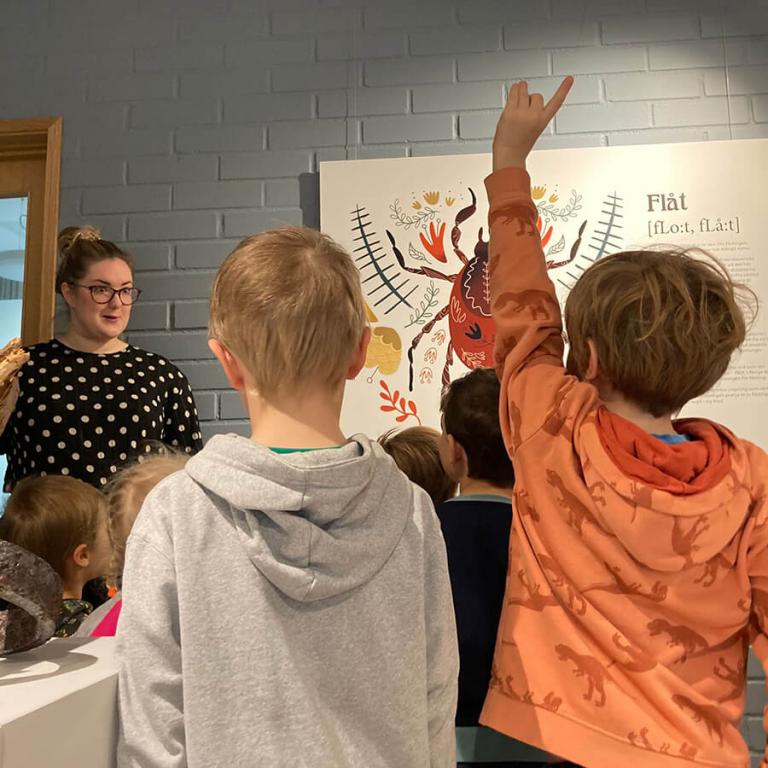Are there words and expressions that in Åland are considered typically Ålandic, but which are just as naturally found in for example Värmland or in Iceland? Can the words show how different parts of the Nordic region belong together? In collaboration with Ralf Svenblad and Amanda Valkonen, the Nordic Institute on Åland now presents an exhibition that focuses on Nordic Ålandic words and expressions. There will be a mix of familiar and lesser known expressions and a lot of "aha-experiences". The exhibition will be shown at NIPÅ in connection with the Nordic Literature Week, November 2021.
In Åland we speak Swedish, but of course there are specific Ålandic words. Byngslig (clumsy, difficult to handle), kräcka (power, strength) and palleralla (stupidity, bullshit), are some examples. But you can often find the same words and expressions on both sides of Åland and in other parts of the Nordic language area. The fact that a word occurs both in Åland, in different places in Sweden and in the Nordic countries may in some cases be due to the words being borrowed into the dialects or the different languages, such as gensare 'knitted wool sweater' and stöpsel 'plug'.
The sweater gensare is named as it is after the island of Guernsey, from where the sweater model spread mainly among sailors, and with them the word both to Norway, the Swedish west coast and Åland. In english it is also called something very similar; a guernsey, or gansey, is a seaman's knitted woollen sweater.
Stöpsel is a loaned word from German, from the time when electricity was introduced, and the word has been borrowed in Norwegian but also, for example, in Russian (Штепсель, sjtepsel) and from there to Finnish-Swedish and thus also Ålandic.
But the most common reason why an “Ålandic” word is found in different places - in Finnish-Swedish and Swedish-Swedish dialects, in the different Nordic languages - is that it is an old Nordic word that has gradually become obsolete in standard Swedish but has been preserved in some form here and there, and then among other things in the Åland dialects.
An example of such an old Nordic word is that which is dialectally in Ålandic as slo or slod with the meaning hop, crowd or entourage and the verb sloda with the meaning go and drive. Uno Salminen (from Vårdö) writes in his book "At sea" about the one who wanders around to make time go by while others have to work hard, and there uses the expression slodar. The word originated in the Old West Nordic slóð, ‘släpväg’, and in modern Norwegian dialects slo can mean just that but also flock or entourage.
Another example is the fairly common word grom for coffee grounds in Åland. It is found in the Icelandic gróm, 'grums, smuts'. In 17th-century Swedish, it could be called both grom and grum, and Saltviksprosten Boëtius Murenius writes in a visitation protocol in the autumn of 1637 about the communion wine: "Bönderna kuna inthet förwara wijnett vthan mögll och grum, ty de hafua inga kellare".
In the Ålandic dialects, grom has also recently been used for grums or sediment, and the word groma has been formed to cloud up - so some says "braxen gromar när braxnarna på hösten i stora stim grumlar upp vattnet i vikarna."
Ralf Svenblad knows many wonderful expressions and words, and in the exhibition "Nordic Ålandic" he shares his knowledge. Ralf Svenblad was born in 1949, grew up in Mariehamn with roots in Sund, and has during his professional life for many years worked as a publishing editor in Stockholm. Early interested in literature, regional languages and dialects, he has for many years worked with Joel Pettersson's manuscript and, among other things, contributed to four volumes of his texts, written a series of short articles under the heading Ålandic words in New Åland and published three books in that area, latest Lilla Åland dictionary (2013).
Amanda Valkonen is an illustrator and new graphic designer from Åland. She works mainly with digital illustration, but is influenced by both textures and working methods from traditional art. Her illustrations are often based on some form of storytelling or around the beauty of everyday things.
What? Exhibition ”Nordic ålandic”
Where? Nordic institute on Åland, Storagatan 9
When? 9.11 - 16.12, Thursdays at 17-19, Saturdays 12-15.
Opening 9.11, at 17-19

